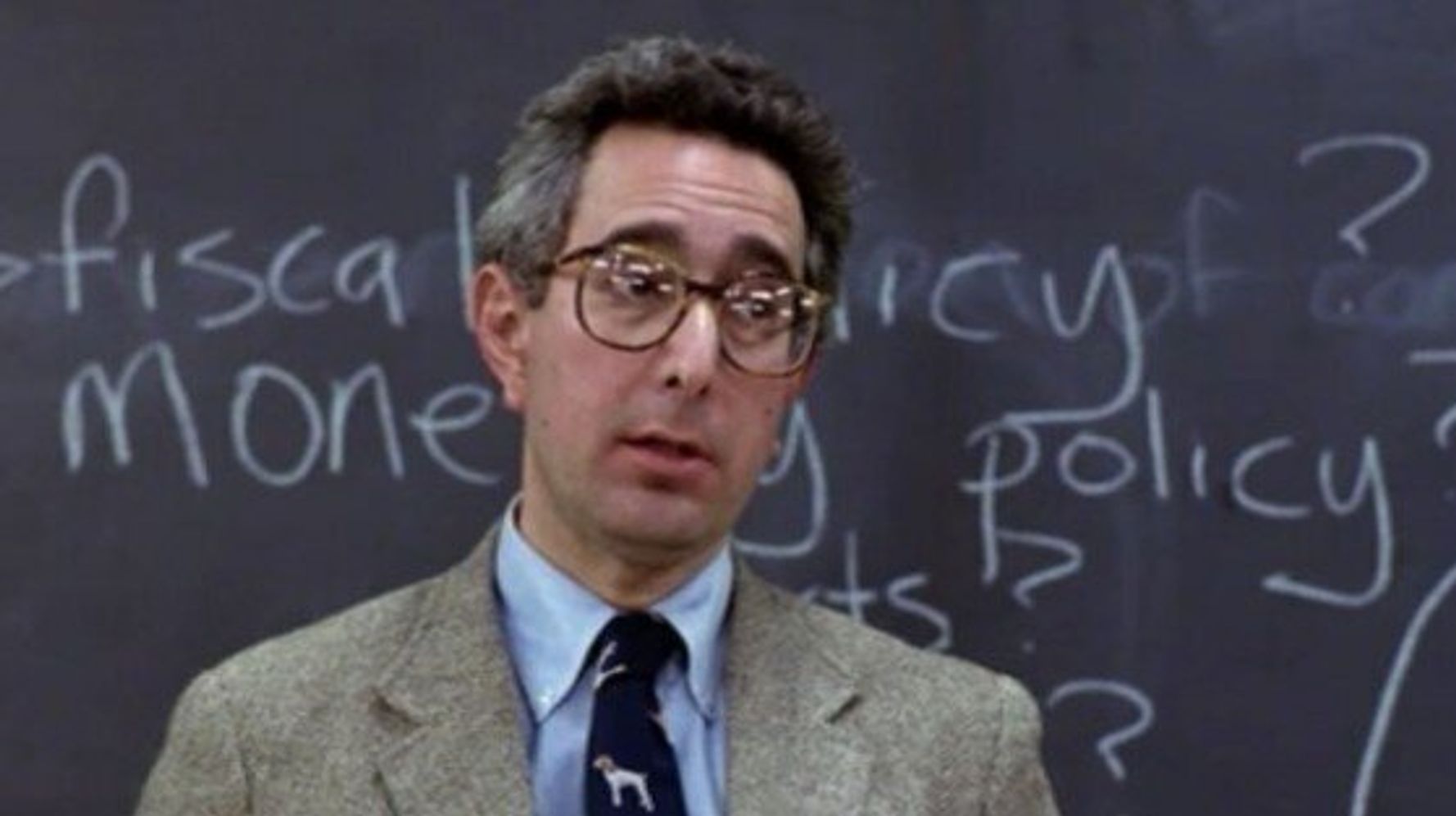How Much Lecture Is Necessary?

“How much lecture is necessary?” is a divisive question because there’s really no standard definition of “lecture” among classical educators. Some teachers think a lecture is an uninterrupted 45-minute talk on why Jane Austen didn’t like the city of Bath, which sounds a bit dull and unlikely to incline students to virtue—and the idea that a lecture is an uninterrupted 45-minute talk isn’t absurd given that it’s what a lecture is at a conference.
However, when teachers debate the relative merits of lecture, they always say “lecture” and not “a lecture.” There’s a considerable difference between the two.
A lecture is a discreet object, like a table or a truck or a cup. But “How much lecture is necessary?” is a question that treats lecture like a substance, such as milk or water or soil. The same is true of “discussion,” which is the thing most teachers use as a foil for “lecture.” They ask, “How much of your class is lecture as opposed to discussion?” We talk like lecture and discussion exist in indeterminate quantities, which is why it’s unfair to assume “lecture” is a boring 45-minute talk about why Jane Austen didn’t like Bath.
So, what is “lecture”? And what is “discussion”?
I would like to define “lecture” as any claim or judgement the teacher makes authoritatively, regardless of length. Discussion, on the other hand, is when the teacher ceases speaking authoritatively, condescends to the students, and gives them the opportunity to speak as his equals. This is true of any discussion, though. Discussions can only occur between equals—either real equals or feigned equals. When my friends and I talk about music or history, none of us is the teacher. Every claim one friend makes is subjected to the tentative approval of the others. In this, I would not lecture my friends. I could not correct their opinions of Jane Eyre or Mozart’s Requiem. I don’t have authority over them.
In recent years, I have become reticent to offer a simple answer to the question, “How much of your class is lecture?” because I rarely talk for twenty minutes straight. I frequently lecture, but don’t often deliver a lecture. I ask a lot of questions, some of which are open-ended, some of which are not. I ask rhetorical questions. I solicit stories and opinions. I listen to stories and interpret them. I ask students if my interpretations are fair. If not, I reinterpret them. I ask questions that students cannot answer out loud. In the middle of all these questions, I make authoritative claims about our text. I interpret it. I explain it. I draw connections between chapter three and chapter five. I draw connections between chapter five and Scripture. I define obscure words. I tell stories about my own life, interpret those stories and draw moral lessons from them, then hold those moral lessons up for comparison with the lessons of our text. And often enough, in the middle of all lecture and discussion, the class is slowly progressing, paragraph by paragraph, through the pages of Frankenstein or Paradise Lost.
There are days when a text demands a good deal of lecture, days the text demands a good bit of discussion, and some days when the text simply needs to be read patiently for a good long time before it warrants any kind of response. There are times when lecture keeps students engaged and times it bores them to death. The same is true of discussion. Often enough, a little lecture energizes student discussion by validating it. The teacher pronounces a certain student’s judgement about the world to be “quite right” and the rest of the class knows they, too, are not only capable of seeking the truth, but of finding it. Coming to class matters because teacher and student alike may declare the truth, know what is right, arrive at what is best, and determine what must be done.
The parable of the prodigal son is around twenty-five times as long as the parable of hidden leaven, and yet they are both parables because they are both stories with characters, plot, and resolution. What makes a story a story is really not its length, but its nature. The same is true of lecture. If the class has just finished reading Chapter 56 of Pride & Prejudice and the teacher says, “It’s fitting for Elizabeth to suffer embarrassment at the hands of Lady Catherine given that Darcy has suffered embarrassment at the hands of the Bennets. It creates a symmetry in their relationship which will preserve them both from bitterness in the future,” that’s lecture. It’s a judgement, a determination. The teacher makes a connection for his students, then the students can find that pattern elsewhere in the world. The fact it isn’t long doesn’t mean it lacks authority or that it’s unhelpful. The teacher may elaborate on this point for ten more minutes, or he may follow it up with a question about the lack of symmetry in the Collins’s marriage, or the symmetry between the Rochesters when Jane Eyre ends.
It would be simpler if there were a formulaic answer to, “How much lecture is necessary?” but the answer entirely depends on what’s being read, the mood of the class, the virtues and vices of the school community, the time of year, how everybody did on the last assessment, and half a dozen other variables. The more time a teacher spends in the classroom, the better he learns to read his students (the better he understands youth), the better his sense of how often he needs to take up the mantle and speak authoritatively to his disciples.

Joshua Gibbs
Joshua Gibbs teaches online classes at GibbsClassical.com. He is the author of How To Be Unlucky, Something They Will Not Forget, and Blasphemers. His wife is generous and his children are funny.










